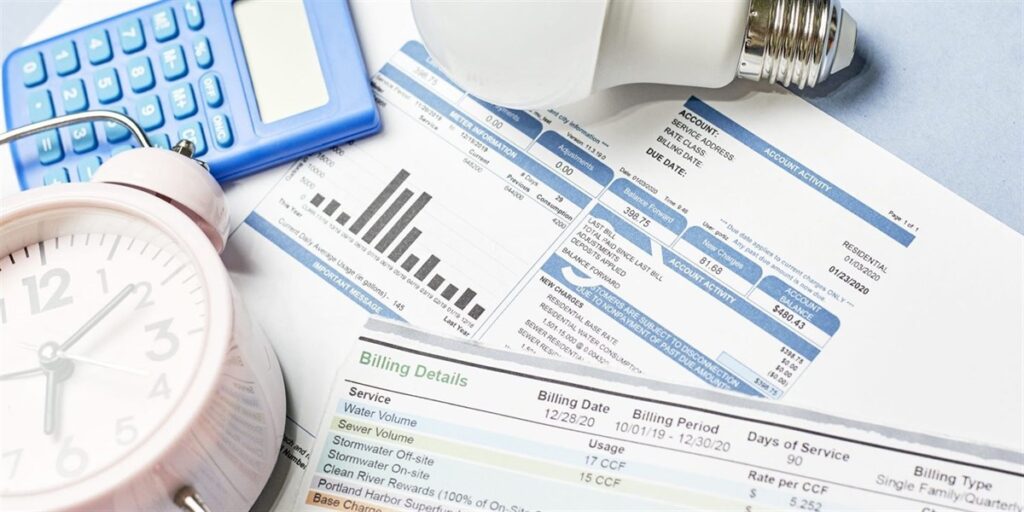In an era where digital fraud is on the rise, it is crucial for individuals and businesses to be able to spot the differences between genuine utility bills and their counterfeit versions. Fraudsters have become increasingly adept at creating deceptive documents that mimic the appearance of legitimate bills, which makes it essential for consumers to be vigilant and attentive.
The Importance of Verification
Verifying the authenticity of utility bills is essential to safeguard against financial losses and identity theft. Fake utility bills can serve as gateways for fraudsters to gain access to personal information or deceive unsuspecting victims into making payments for non-existent services. By learning how to discern between real and fake bills, you can avoid falling prey to these malicious schemes and protect your financial well-being.
Paying Attention to Branding and Logos
One of the first indicators of a fake utility bill is discrepancies in branding and logos. Authentic utility bills typically display consistent and high-quality branding elements, including company logos, fonts, and color schemes.
Counterfeit bills, on the other hand, may exhibit variations in these elements, such as distorted or pixelated logos, mismatched colors, or irregular fonts. When examining a bill, pay close attention to these visual cues, as they can be telling signs of its authenticity.
Accurate Billing Information and Formatting
Authentic utility bills are meticulously formatted and contain accurate billing information. Look for consistency in the layout, including the arrangement of sections, headers, and footers. Fake bills may display formatting errors, such as misaligned columns, inconsistent font sizes, or improper spacing. Additionally, check if the billing details, such as your name, address, and account number, match the information provided by the utility company.

Watermarks, Seals, and Security Features
Many genuine utility bills incorporate security features, such as watermarks, holographic seals, or special printing techniques, to deter counterfeiters. Examine the bill under a light source to check for embedded watermarks or intricate patterns that are difficult to replicate.
Genuine documents may also feature holographic seals or logos that change in appearance when viewed from different angles. Counterfeit ones often lack these sophisticated security features or exhibit poorly replicated versions that are easily detectable upon close inspection.
Contacting the Utility Company
If you have suspicions about the authenticity of a utility bill, it is advisable to contact the utility company directly to verify its legitimacy. Refer to official contact information obtained from reliable sources, such as the company’s website or official correspondence. Inform the company about your concerns and provide them with the bill in question. They can authenticate the bill and alert you if it is indeed fraudulent.

